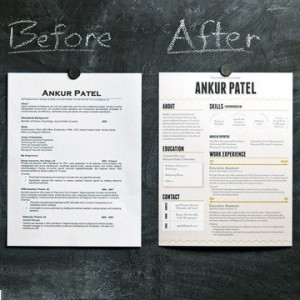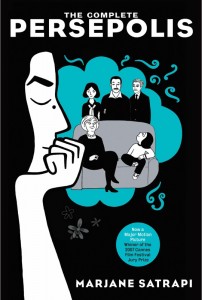When I designed this lesson, I knew I was taking a risk. I was putting into practice a theory of theories. Can you take what does it say/mean/matter? and make it work with text within/upon/against text? Blau seemed to think so, but the what does it matter/ text against text is tricky.
If I were to do this microteach again, I would have students read “Girl” in advance to save time. I’d considered having students tweet their most thought-provoking line so that I would come in knowing what lines were ones we could discuss. I didn’t because I liked the idea of a raw reading so that students had to work off their initial reaction. In hindsight, though, I don’t think I got enough time to focus on my main objective, which was really to think about text against text.
Despite our brief discussion, I still feel like there is a missing step to this lesson. I think it is still a stretch to ask high school seniors to get to text against text simply by asking ‘so what?’ I tried to get around this problem by showing my what does it matter? example. When I teach this lesson in the future, I will definitely have to consider some more specific questions first. I might first take an old fairytale, Cinderella, for example and to a practice run with it. I’d then do a Says/Means/Matters chart for the class and do perspectives that way and discuss family dynamics or socioeconomic obstacles for Cinderella. That way, when we do “Girl” students will have a better idea of what I mean by What Does it Matter? Then again, I won’t get as honest, for lack of a better word, answers for Means/Matters… Hmm… maybe that’s worth it for high school students?
Where I felt the weakest with this lesson was the part where I categorized student answers to what does it matter? into Perspectives. I’m weak with critical theory anyway, but that’s also why I love the idea of this lesson–it’s a challenge, both for me and for students. I felt like that with freshman grammar my first year!
Overall, I loved this project. It proved to me that when I do get back in the classroom in a few years, I will be ready to ride that bike! Thanks everyone for being such a great audience.

